Dodano do koszyka
Sprawdź również
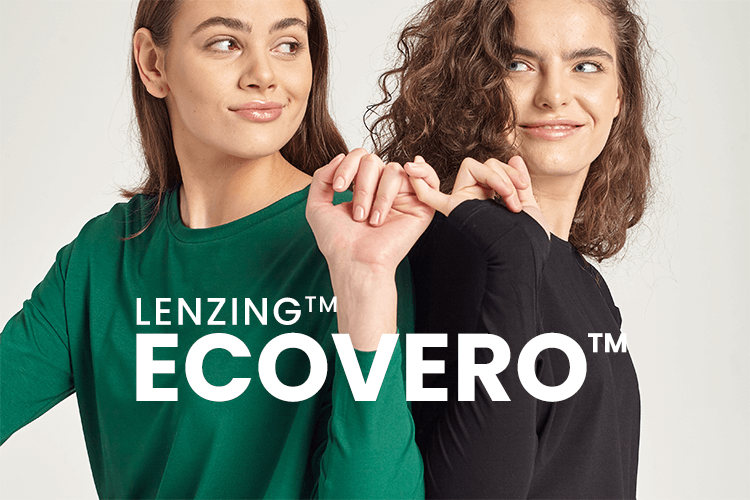
Itsproperties could compete with warm wool, it is easy to confuse itwith delicate silk, and it measures up to soft cotton. Viscose,because it is in question, is favourite fabric of many of us. It isproduced from plant fibres and it decomposes quickly, sotheoretically it seems to be pretty fair fabric, but...
Every"but" that at least for a moment pops up in our heads whileselecting fabric for our collections awakens in us the spirit to act.We immediately start thinking about whether we can do somethingbetter. How is it in the case of viscose? Yes, we can. Ladies andgentlemen, let us introduce you to its ecological counterpart –ECOVERO™ viscose.

Howis conventional viscose made?
Itis worthwhile to start with taking a look at the conventional viscoseproduction process while pointing out the differences betweenconventional viscose and the one certified by Lenzing™, i.e.ECOVERO™ viscose. We have identified the critical moments in theconventional viscose production process to draw attention to theadvantages of its ecological counterpart.
Celluloseis one of the main components of plants and ... our clothes. In thetextile industry, it is obtained mainly from trees and, in processessimilar to paper production, it is turned into yarn. But let’s doit step by step: the felled tree is shredded into cuttings and theninto sheet-formed pulp that, as a result of contact with sodiumhydroxide, acquires properties that allow for further processing(sodium hydroxide, or sodium lye, bleaches the cellulose fibres). Atthe next stage, the sheets are transformed into a dense, continuousliquid which, when poured into sulphuric acid, solidifies and turnsinto fibres.
Since wealready know the conventional viscose production process, let usthink at what stage may "but" appear.
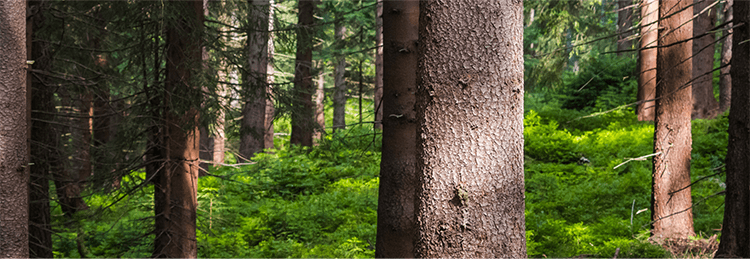
BUTwhat about tree cultivation?
Thefirst question that may come to mind when looking in detail (andchronologically) at the process of viscose production concerns plantscultivation. Those used to produce the cellulose mentioned above areeucalyptus, beech and spruce. In the case of conventional viscose(i.e. without Lenzing™ certification), forest nurseries are notinspected and there is no requirement to cultivate with respect forthe environment. ECOVERO™ viscose is made from cellulose fibresfrom certified forest nurseries only, which are managed sustainably.
Accordingto the Food and Agriculture Organisation of the United Nations, asmuch as half of the world's forests are degraded or processed. Manyof them are also illegally exploited. This forest „management” has its roots in the conviction, dating back to the 19th century,that trees (and everything that surrounds them) are only a rawmaterial. The forest is the sum of the products that can be taken outof it: cubes of wood, boxes of forest fruits, tons of meat from wildanimals.
Theforest nurseries from which ECOVERO™ viscose is made are controlledby FSC (Forest Stewardship Council).
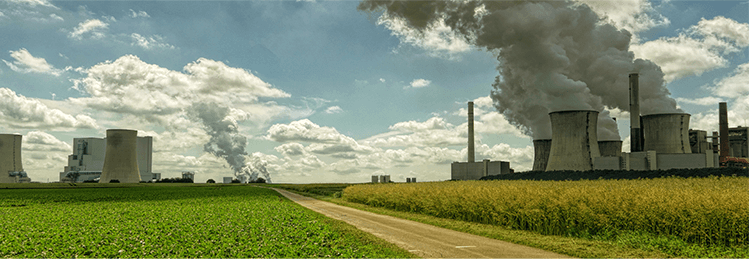
BUTwhat about water consumption and CO2emissions?
Letus be clear – it is impossible to create fabric without using waterand with no carbon emissions. The sooner we realise this fact, thebetter. This will allow us to look at the problem sanely and askquestions about what can be done to reduce water consumption and CO2emissions.
Youcan use a closed water cycle, for example. Just like Lenzing™. Thismeans that water that has been used once in the whole process istreated and reused in it. And again. In the ECOVERO™ viscoseproduction process, water is used efficiently, which reduces waterconsumption by up to 50% compared to conventional viscose production.For example, for one T-shirt, it is 12.5 litres less water. The wholeprocess, due to its saving and well-thought-out use of raw materials,also generates a much smaller carbon footprint than conventionalviscose production. This means up to 50% less CO2emissions.
BUTwhat about chemicals?
Wehave started with the viscose production process and it was notaccidental. We have also mentioned an important moment in the processof creating this fabric – the use of sodium lye – the alkali thatbleeches the fibers. It is a highly corrosive substance (its storagerequires appropriate protection), which in contact with human skincauses necrosis coliquativa.If it gets into the soil or water, it causes contamination of theground: it is dangerous for people and animals. ECOVERO™ viscosewhitening takes place without this substance.
Conventionalviscose due to its biodegradability and use of the plant-based fibresin its production can be considered as natural fabric (although itundergoes „artificial” manufacturing processes). This does notmean, however, that we cannot demand more – and come up with a„but”. Ifwe can use an improved, more sustainable version of it, what isstopping us from doing so? ECOVERO™viscose creates a great opportunity for the fashion industry – todo it in a sustainable, less environmentally damaging way. We believethat more clothing companies will realise this and start using it.
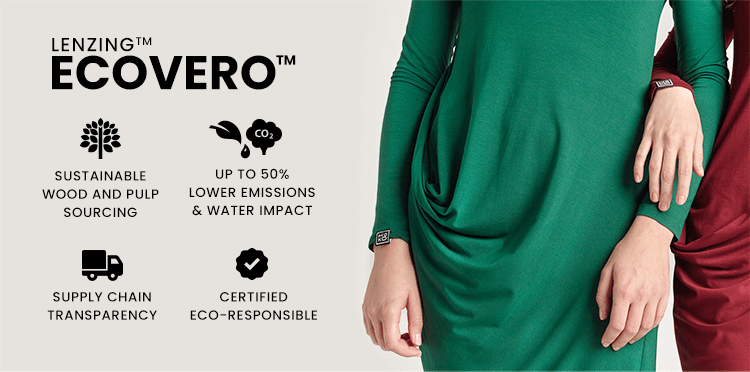
Comeup with your own „BUT...”
Buthow can we be sure that the circumstances in which viscose isproduced are harmless people and the environment? There are twosolutions:

LENZING™ECOVERO™ viscose is also certified by the EU Ecolabel – thislabel is awarded to products and services that have a much lowerenvironmental impact (compared to their conventional counterparts).
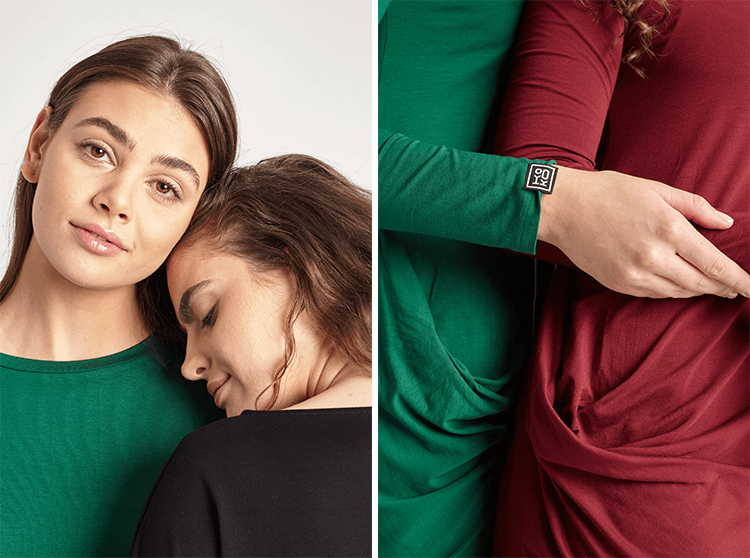
Lastbut not least, here come some facts for those who prefer numbers:

Sustainable production

Responsible materials

Eco shipping

14 days for return